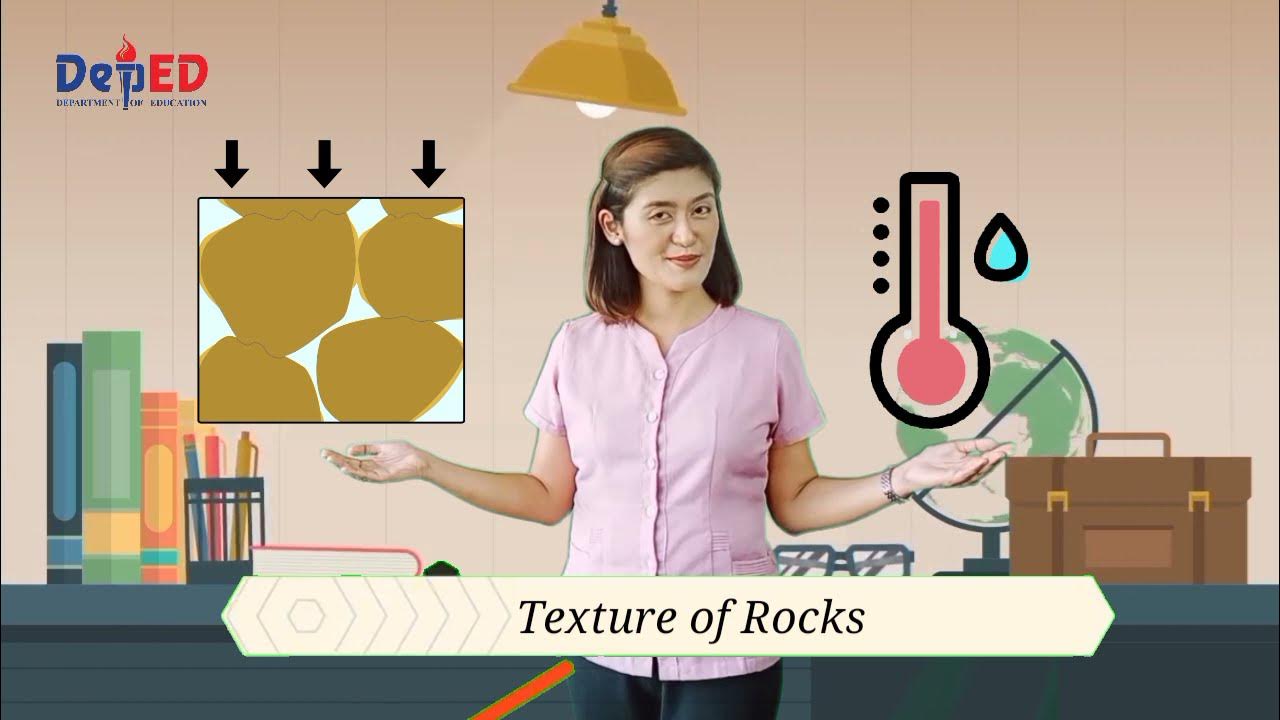Coins
Summary
TLDRThis lesson teaches young students about U.S. coins and their values through an engaging, hands-on approach. Students explore the worth of pennies, nickels, dimes, and quarters and learn how to combine them to make different amounts. The activity includes a 'Tiny Token Store,' where students 'buy' items like erasers, stickers, and toys, practicing their coin-counting skills. The lesson encourages collaboration through partner discussions and offers a fun, interactive way for children to understand money and basic math concepts.
Takeaways
- 😀 The lesson focuses on teaching young students about money, including the different types of coins and their values.
- 😀 The script encourages students to discuss the concept of money and its uses with a partner before diving deeper into the lesson.
- 😀 The four primary coins discussed are pennies, nickels, dimes, and quarters, with an emphasis on their value and size differences.
- 😀 Pennies are worth 1 cent, nickels are worth 5 cents, dimes are worth 10 cents, and quarters are worth 25 cents.
- 😀 The script explains how different combinations of coins can be used to make up specific amounts (e.g., using five pennies to make a nickel).
- 😀 The classroom activity involves students using coins in their 'coin cups' to simulate a pretend store, reinforcing coin values and simple transactions.
- 😀 The lesson includes specific activities such as buying items at the 'Tiny Token Store' with coins, where students use their understanding of coin values to complete the task.
- 😀 Items sold at the Tiny Token Store include erasers, stickers, candy, and teddy bears, each priced using combinations of pennies, nickels, dimes, and quarters.
- 😀 The script highlights interactive learning, with students encouraged to collaborate, share answers, and engage in partner discussions about their purchases.
- 😀 The final part of the lesson involves students sharing their favorite items from the store, adding a personal and engaging element to the educational experience.
Q & A
What is the main topic of the lesson in the transcript?
-The main topic of the lesson is teaching students about money, specifically coins (pennies, nickels, dimes, and quarters), their values, and how to use them for basic transactions.
What activity is used to help students learn about coins and their values?
-Students participate in a pretend shopping activity at the 'Tiny Token Store,' where they use their coin cups to purchase items based on their values.
What are the different coins discussed in the lesson?
-The coins discussed are pennies (1 cent), nickels (5 cents), dimes (10 cents), and quarters (25 cents).
What is the value of a penny and how does it compare to other coins?
-A penny is worth 1 cent, making it the lowest-value coin in the United States. It is small, round, and copper in color.
How is a nickel different from a penny?
-A nickel is worth 5 cents, making it five times more valuable than a penny. It is silver in color and slightly larger than a penny.
How can students make 10 cents using pennies and nickels?
-Students can make 10 cents by using either 10 pennies or 2 nickels (since each nickel is worth 5 cents).
What is the value of a quarter and how does its size compare to other coins?
-A quarter is worth 25 cents, making it the highest-value coin discussed in the lesson. It is larger in size compared to a penny, nickel, and dime.
What items are sold at the Tiny Token Store and what are their prices?
-The items sold at the Tiny Token Store are: an eraser (2 cents), a sticker (7 cents), candy (15 cents), and a teddy bear (30 cents).
How can students use coins to purchase a sticker worth 7 cents?
-Students can purchase a sticker worth 7 cents by using 1 nickel (5 cents) and 2 pennies (1 cent each).
What are the steps students follow after completing their pretend shopping activity?
-After completing the shopping activity, students put their hand on their head to signal they are done, and then they share with a partner which item they liked the best and why.
Outlines

This section is available to paid users only. Please upgrade to access this part.
Upgrade NowMindmap

This section is available to paid users only. Please upgrade to access this part.
Upgrade NowKeywords

This section is available to paid users only. Please upgrade to access this part.
Upgrade NowHighlights

This section is available to paid users only. Please upgrade to access this part.
Upgrade NowTranscripts

This section is available to paid users only. Please upgrade to access this part.
Upgrade NowBrowse More Related Video
5.0 / 5 (0 votes)





